
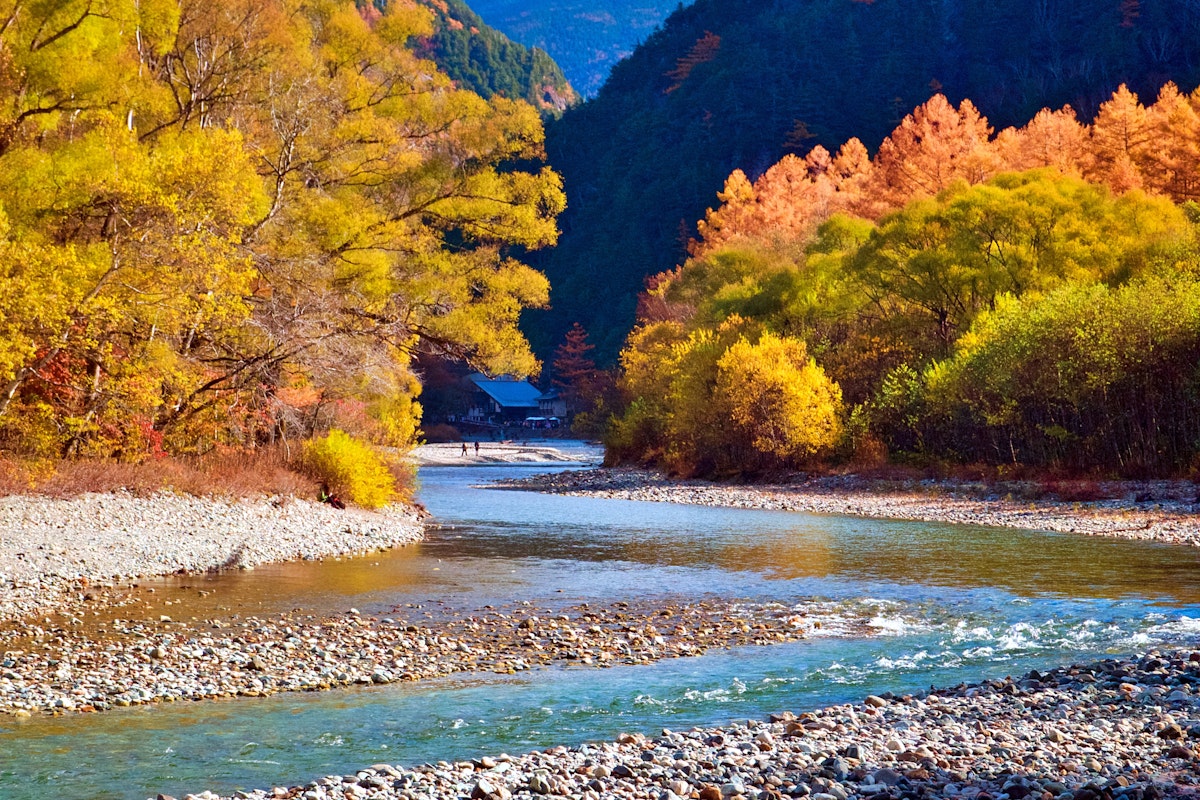
Kochi, on Japan’s Shikoku Island, is a great place to visit any time of year. Whether you want to see cherry blossoms in spring, enjoy fun festivals in summer, explore colorful autumn leaves, or relax in cozy hot springs during winter, Kochi has something for everyone.
This guide will walk you through the best things to do in each season and give you some valuable tips to make your trip even better. No matter when you go, Kochi is full of exciting experiences waiting for you!
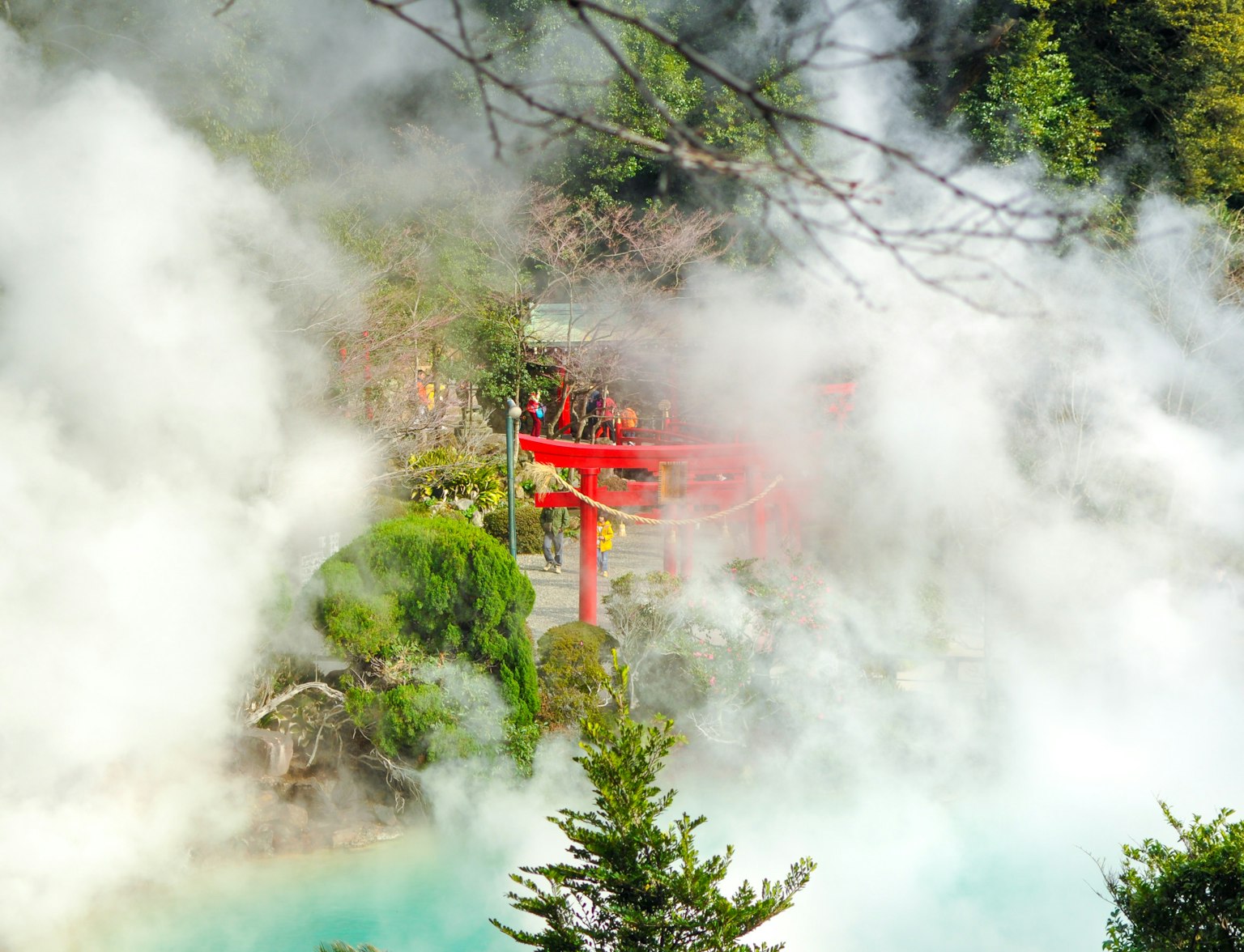
Visit Kochi Castle with this tour.
Spring in Kochi brings mild and pleasant weather, with average daytime temperatures ranging from 10°C to 20°C. Mornings and evenings are cooler, but the afternoons warm up, especially from April onward.
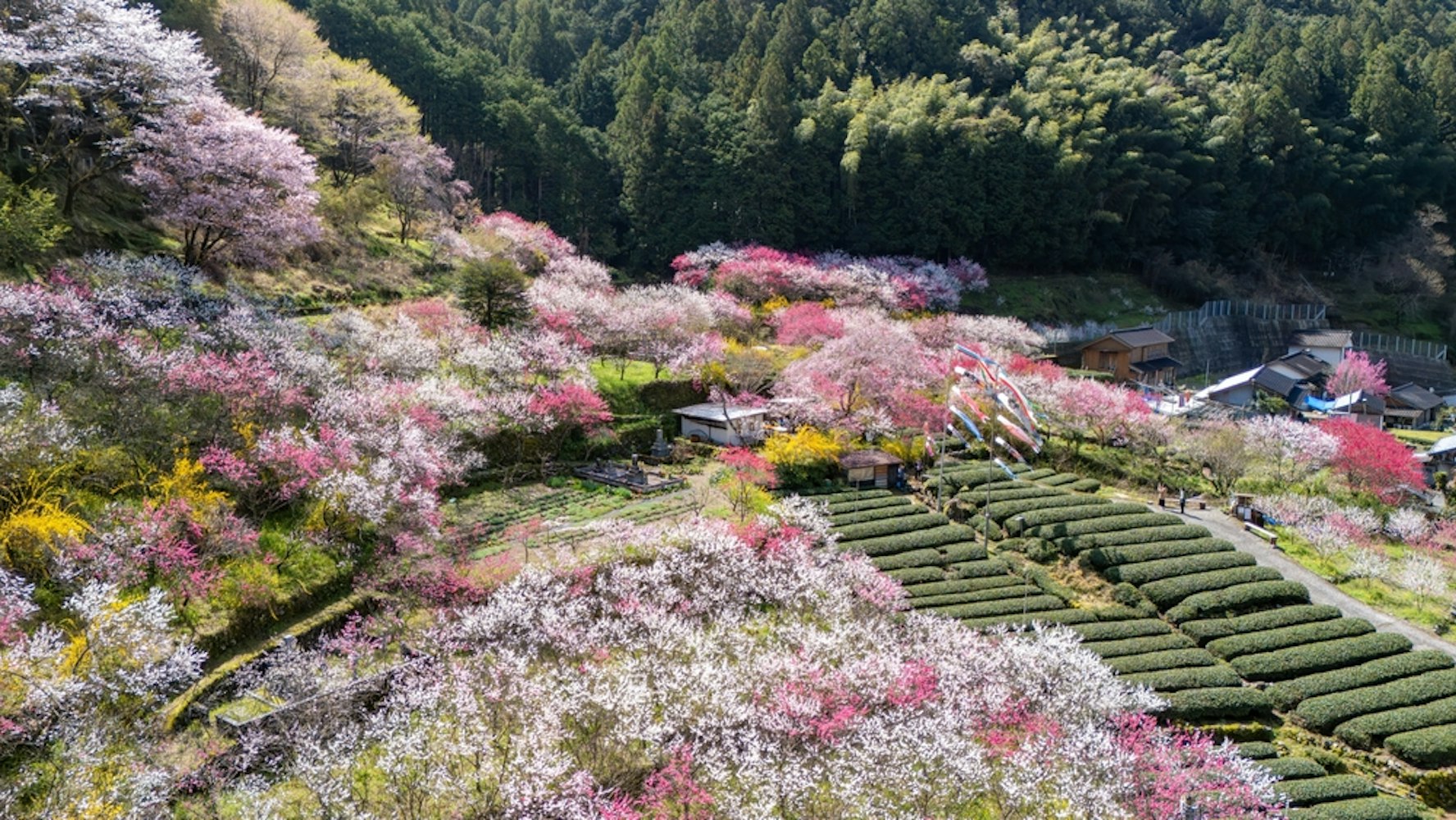
One of the most iconic springtime attractions in Kochi is the cherry blossom season. Typically blooming in late March and early April, cherry blossoms (sakura) transform Kochi Castle’s surroundings into a sea of pink and white.
Kochi Castle, one of the few original castles left in Japan, becomes even more striking as cherry blossoms frame the historic structure. Locals and visitors alike gather on the castle grounds for hanami (cherry blossom viewing), enjoying picnics and the scenic beauty.
Another top spot for cherry blossoms is Katsurahama Beach, where you can enjoy stunning coastal views alongside the blooming trees. The mix of cherry blossoms and the sound of the ocean provides a peaceful and picturesque setting.
A highlight of Kochi’s spring calendar is the Tosa Seaside Festival, held in early April. This event kicks off the warmer season with traditional performances, fireworks, and food stalls selling Kochi’s beloved local dishes. It's a great time to mingle with locals and try regional specialties like Katsuo no Tataki (seared bonito) and yuzu-flavored desserts.
Spring Travel Tips:
Ideal for sightseeing: With mild temperatures, spring is perfect for visiting landmarks like Kochi Castle, Godaisan Park, and Chikurinji Temple.
Book accommodations early: Spring is a popular time, especially during cherry blossom season. Make sure to reserve hotels and tours ahead of time.
Kochi’s summer months can be hot and humid, with temperatures averaging 25°C to 33°C. The coastal areas offer a refreshing breeze, but inland regions can feel more intense.
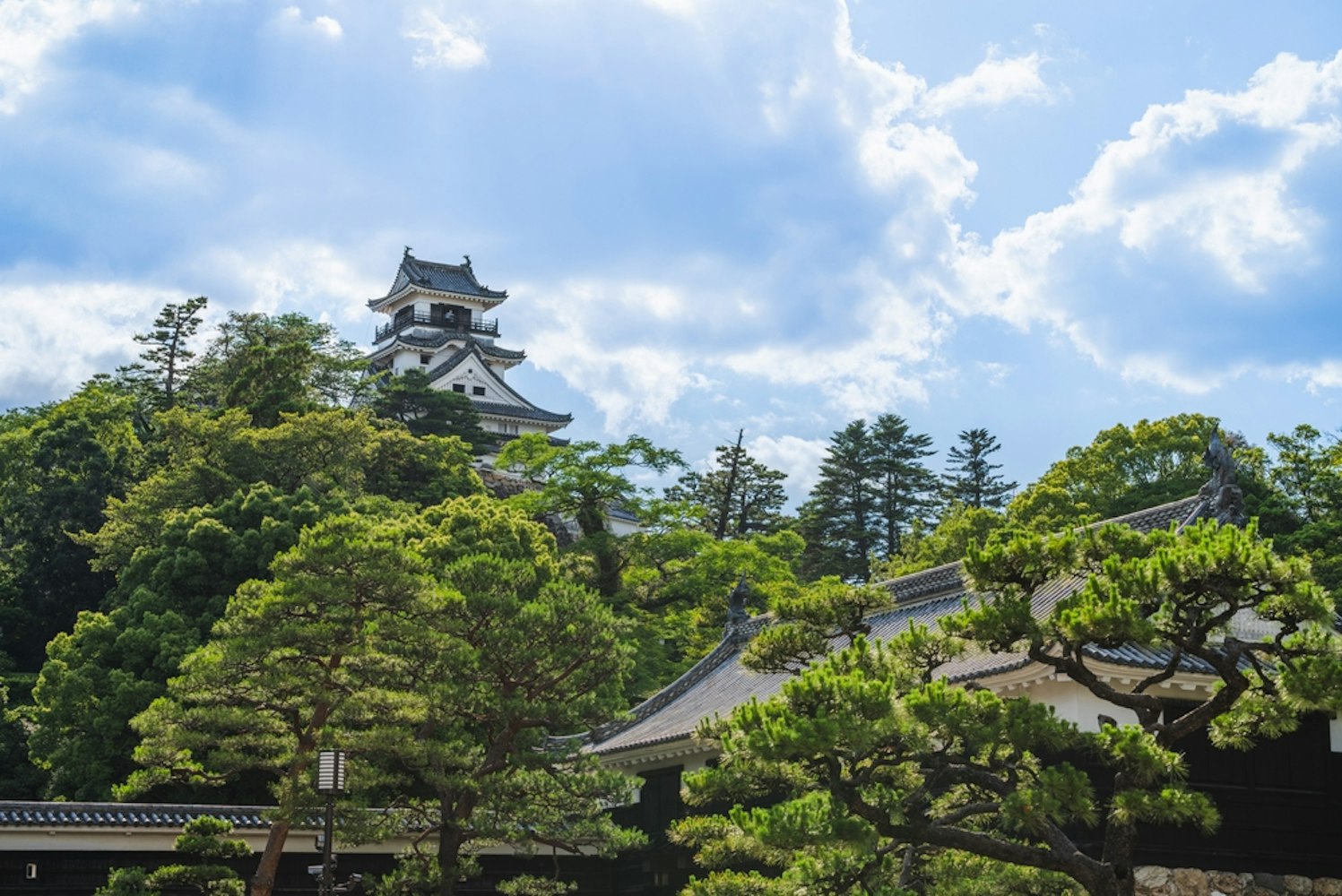
The Yosakoi Festival, held every August, is Kochi’s most famous event and a highlight of the summer season. This dynamic festival features teams of dancers parading through the streets in colorful costumes, performing high-energy routines to the rhythm of naruko (traditional wooden clappers). The festival originated in Kochi in the 1950s and has since spread across Japan, but the Kochi version remains one of the biggest and most exciting.
For visitors, the Yosakoi Festival is an unforgettable experience, where you can see thousands of dancers take over the city. The streets come alive with music, food stalls, and fireworks, making it a top reason to visit Kochi in summer.
Kochi is home to some of Japan’s best beaches, perfect for escaping the summer heat. Usa Beach offers a calm and relaxing atmosphere, with crystal-clear waters ideal for swimming and sunbathing. For surfing enthusiasts, Ikumi Beach is one of the best surf spots in Japan, drawing both local and international surfers during the summer months.
If you’re looking for outdoor activities beyond the beaches, the Shimanto River is a great place for river adventures like kayaking, canoeing, and even swimming. The Shimanto River is known for its unspoiled beauty and is often called "Japan’s last pristine river." It’s an excellent destination for those seeking a more peaceful summer getaway surrounded by lush nature.
Summer Travel Tips:
Stay cool by the coast: Coastal areas like Katsurahama and Cape Ashizuri offer a refreshing escape from the inland heat.
Protect yourself from the sun: The summer sun can be intense, so bring plenty of sunscreen, a hat, and light, breathable clothing.
Prepare for humidity: Humidity levels are high, so it’s important to stay hydrated and plan indoor breaks between outdoor activities.
Autumn temperatures in Kochi are much more comfortable, averaging 12°C to 23°C. The air becomes crisper as the season progresses, and humidity levels drop, making it ideal for outdoor exploration.
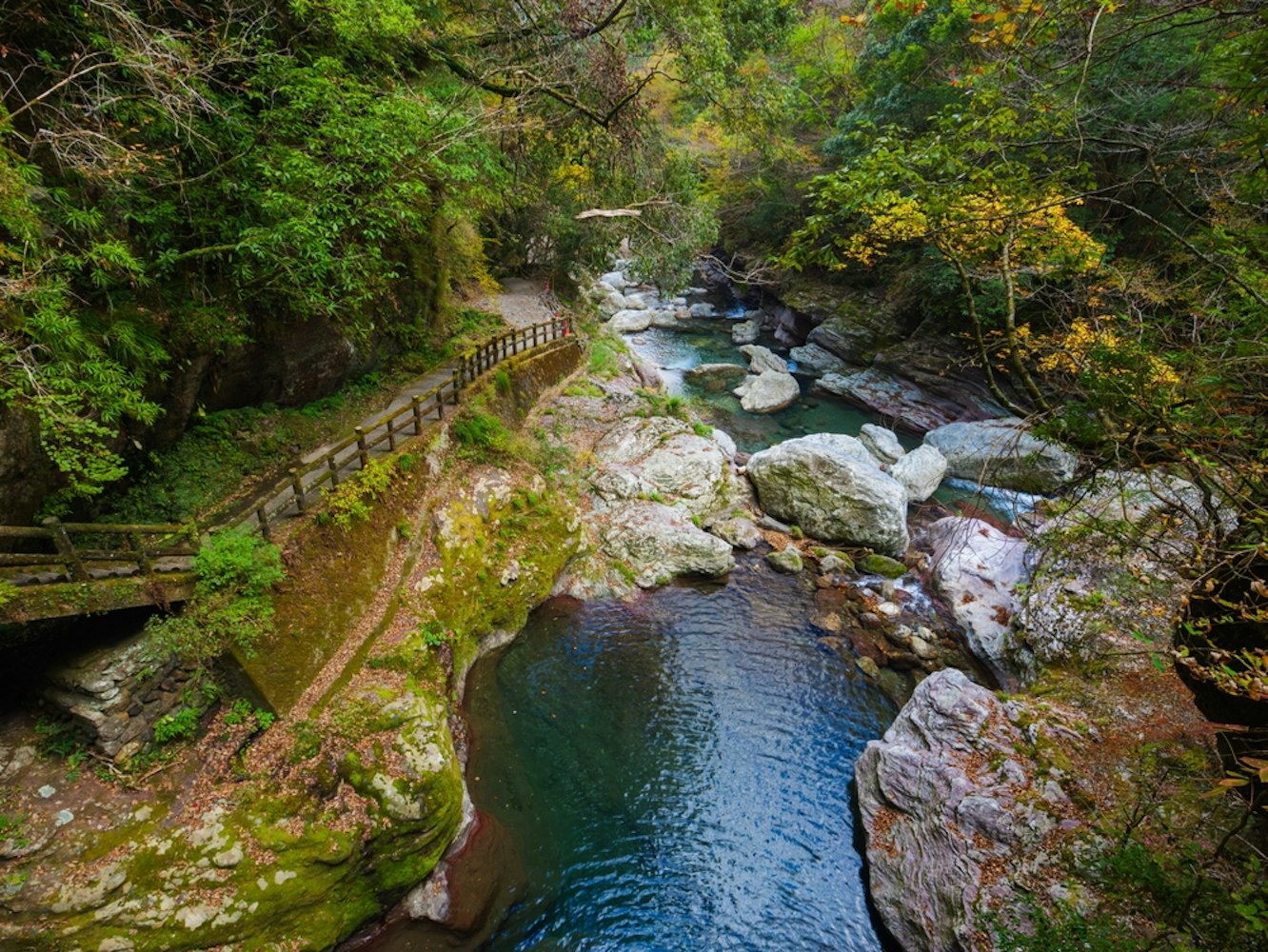
One of the best reasons to visit Kochi in autumn is to experience the stunning fall foliage. The Nakatsu Valley, known for its dramatic cliffs, waterfalls, and lush forests, becomes even more beautiful in autumn when the trees turn vibrant shades of red, orange, and yellow.
The valley’s hiking trails offer some of the best views of Kochi’s autumn landscape, and the area is popular among photographers and nature lovers.
Autumn is harvest season in Kochi, and many local markets and events celebrate the region’s agricultural abundance. Yuzu, a citrus fruit native to Kochi, is in season, and you’ll find it in various dishes, from savory to sweet.
Visit one of the many autumn festivals to try local foods like yuzu-flavored soy sauce, yuzu sake, and seasonal vegetables. Kochi’s Autumn Festival is also a great place to see traditional performances and enjoy local crafts.
Autumn is also a fantastic time to take a Shimanto River cruise. With the colorful leaves reflecting on the clear waters, a riverboat ride offers one of the most scenic ways to enjoy Kochi’s autumn beauty. These cruises are typically relaxing, slow-paced, and offer a peaceful view of Kochi’s countryside.
Autumn Travel Tips:
Dress in layers: While the days are pleasant, mornings and evenings can get chilly, especially in the mountains. A light jacket or sweater will keep you comfortable.
Outdoor exploration: With cooler temperatures and less humidity, autumn is ideal for hiking, walking tours, and visiting temples and shrines like Chikurinji Temple and Tosa Shrine.
Kochi’s winters are relatively mild, with temperatures ranging from 5°C to 12°C. While snow is rare, the cooler weather makes this season ideal for warm comfort foods and cozy indoor activities.
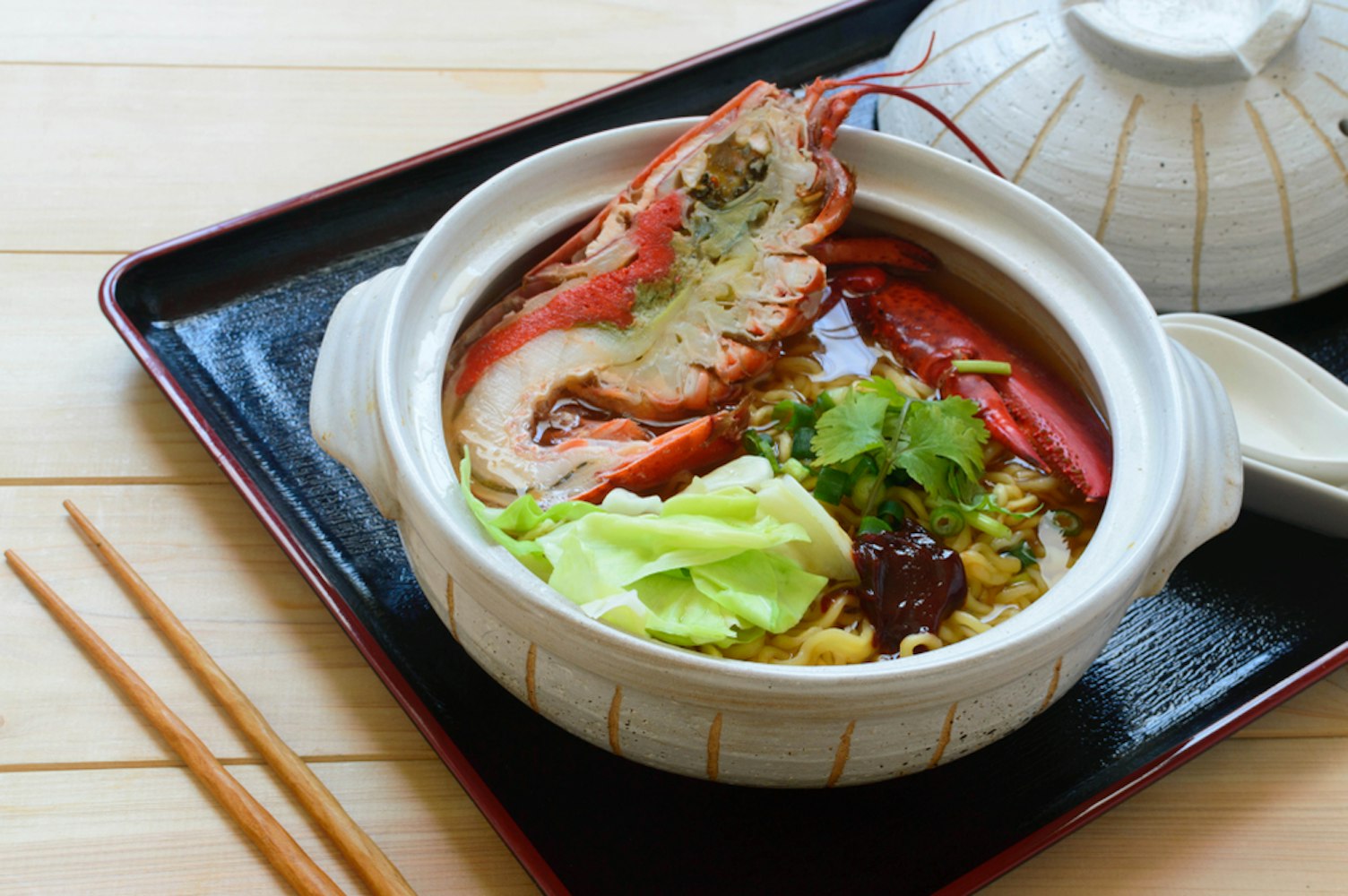
Winter is the perfect time to enjoy a relaxing soak in one of Kochi’s onsen (hot springs). The region’s hot springs are scattered around scenic spots, with some offering views of the Shimanto River or the mountains. Onsen such as those found near Shimanto Town and Yusuhara, provide a soothing retreat, especially during chilly winter days.
Kochi’s nabeyaki ramen is the ultimate comfort dish when the temperatures drop. Served in an earthenware pot, this hot noodle soup comes with a variety of toppings like chicken, seafood, and vegetables, simmered in a rich broth. Nabeyaki ramen is unique to Kochi and is best enjoyed at small, family-run restaurants across the city.
For those interested in history, winter is an excellent time to visit the Ryoma Sakamoto Memorial Museum. Ryoma Sakamoto, born in Kochi, is one of Japan’s most beloved historical figures, known for his role in ending the Edo period and ushering in the modern Meiji era.
The museum is dedicated to his life and achievements, featuring exhibits on his early years, political career, and legacy in Japan.
Winter Travel Tips
Pack warm clothing: Although Kochi’s winters are milder than other parts of Japan, bringing a warm jacket is still essential, especially for evenings or visits to mountainous areas.
Enjoy peaceful sightseeing: Winter is the least crowded season in Kochi, making it perfect for those who prefer a quieter, more relaxed travel experience. Attractions like Kochi Castle and Harimaya Bridge will have fewer tourists, allowing for more intimate exploration.
Kochi offers diverse experiences throughout the year, making it a destination worth considering no matter the season. Whether you're interested in festivals, outdoor adventures, or local cuisine, each time of year brings something distinct to the table.
The timing of your visit can shape your experience, so consider what you'd like to see and do when planning. From the cultural highlights of spring and summer to the natural beauty of autumn and winter, Kochi is ready to provide memorable moments year-round.
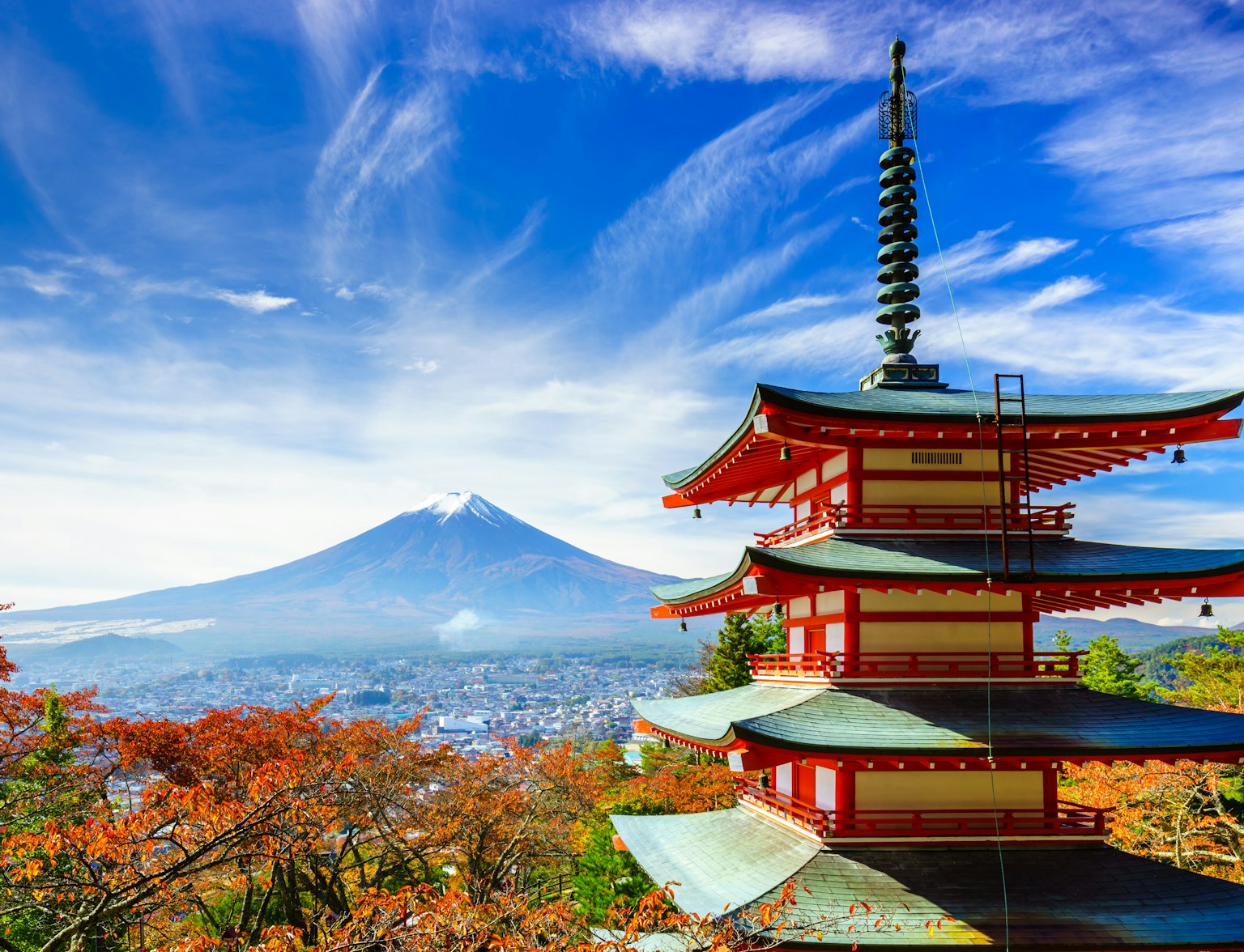
Discover Japan without limits with our all-access JR Pass!



